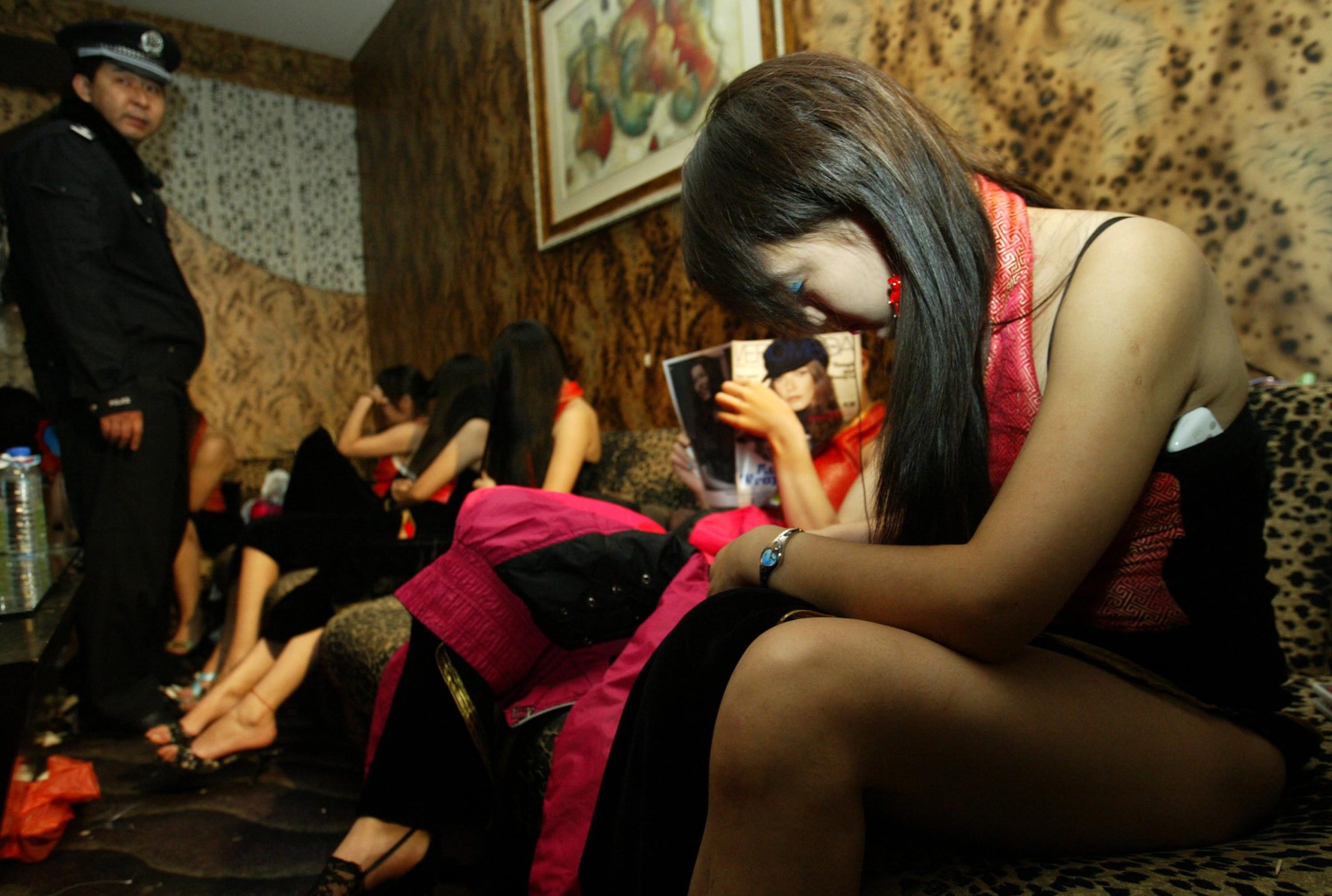Japanese Prostitute

The realm of Japanese prostitution stands as a paradoxical intersection of tradition, culture, and modernity. For centuries, the geisha, revered for her skills in entertainment and conversation, occupied a central role in Japanese society. However, beneath this facade of elegance and tradition lies a more clandestine world of prostitution, characterized by its own unique history, practices, and societal implications. This article delves into the intricate tapestry of Japanese prostitution, exploring its evolution, cultural significance, and contemporary manifestations.
Historical Context:
To comprehend the nuances of Japanese prostitution, one must navigate through the annals of history. The roots of prostitution in Japan trace back to the Edo period (1603-1868), where the Yoshiwara district in Tokyo emerged as the epicenter of pleasure quarters. Here, courtesans, known as oiran, entertained clientele with their mastery of various arts, including poetry, music, and dance. These women, trained in the refined arts of conversation and entertainment, were highly esteemed in society, serving as symbols of elegance and sophistication.
However, the Meiji Restoration of 1868 ushered in a wave of Westernization and social reforms, leading to the decline of the oiran and the rise of a new class of prostitutes known as yūjo. Unlike the oiran, yūjo were primarily valued for their sexual services rather than artistic prowess. This transition marked a significant shift in attitudes towards prostitution, reflecting changing societal norms and values.
The 20th century witnessed further transformations in the landscape of Japanese prostitution, particularly during the tumultuous years leading up to and following World War II. The proliferation of military brothels, known as “comfort stations,” exploited thousands of women across Asia to cater to the needs of Japanese soldiers. This dark chapter in history continues to cast a long shadow over contemporary discussions surrounding prostitution in Japan, highlighting the systemic exploitation and abuse faced by countless women.
Cultural Perceptions and Practices:
Prostitution in Japan is deeply entrenched in cultural perceptions and practices, often blurring the lines between tradition and modernity. The image of the geisha, with her elaborate kimono and intricate makeup, continues to captivate the imagination of both domestic and international audiences. Yet, behind this facade lies a complex hierarchy within the entertainment industry, where geisha occupy a distinct position separate from that of prostitutes.
In modern Japan, various forms of prostitution persist, ranging from the clandestine world of soaplands and hostess clubs to the more overt establishments known as “delivery health” and “pink salons.” These venues cater to a diverse clientele, offering a range of services tailored to individual preferences and desires. Despite efforts to regulate the industry, including the introduction of anti-prostitution laws, the practice continues to thrive in the shadows of Japanese society.
Contemporary Debates and Challenges:
The issue of prostitution remains a contentious topic in contemporary Japan, reflecting broader debates surrounding gender equality, human rights, and societal norms. Advocates for the decriminalization of prostitution argue that it would provide greater protection for sex workers and mitigate the risks associated with exploitation and abuse. However, opponents contend that such measures would only perpetuate the objectification of women and reinforce harmful stereotypes.
Moreover, the rise of online platforms and digital technologies has reshaped the landscape of Japanese prostitution, presenting new challenges and opportunities for stakeholders. While the internet has facilitated greater access to information and services, it has also enabled the proliferation of illegal activities, including human trafficking and underage prostitution. As such, policymakers face the daunting task of balancing the preservation of cultural heritage with the protection of vulnerable populations.
Conclusion:
The world of Japanese prostitution is a multifaceted tapestry woven from the threads of tradition, culture, and modernity. From the elegant courtesans of the Edo period to the clandestine establishments of contemporary Japan, the practice has evolved in response to shifting societal norms and values. Yet, beneath the surface lies a complex web of exploitation, abuse, and systemic inequality that continues to challenge policymakers and activists alike.
As Japan grapples with the legacy of its past and confronts the realities of its present, the issue of prostitution remains a poignant reminder of the enduring complexities of human nature. Only through a nuanced understanding of its history, cultural significance, and contemporary manifestations can we begin to unravel the enigmatic world of Japanese prostitution and work towards a more equitable and just society for all.





